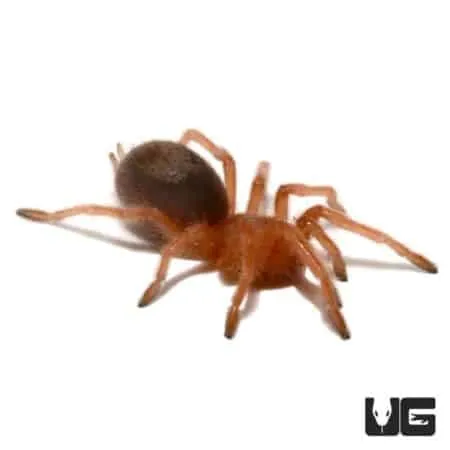Understanding Rose Hair Tarantula Price
The rose hair tarantula, scientifically known as Grammostola rosea, is a popular pet choice for beginner arachnid enthusiasts. Their docile nature, relatively low maintenance requirements, and striking appearance make them appealing. However, before welcoming one into your home, understanding the rose hair tarantula price is crucial. This guide delves into the various factors influencing the cost, where to purchase one, and the additional expenses involved in responsible ownership. The price of a rose hair tarantula isn’t just about the initial purchase it’s a combination of factors that contribute to the overall cost of keeping one healthy and happy. Prices can vary widely depending on several variables, which we’ll explore in detail.
Factors Influencing Rose Hair Tarantula Price
Several factors affect the price of a rose hair tarantula. These elements can significantly impact the final cost. Understanding these influences can help you budget effectively and make informed decisions when purchasing your tarantula. From the tarantula’s characteristics to where you buy it, everything plays a role. The following sections break down the most important price determinants.
Age and Size
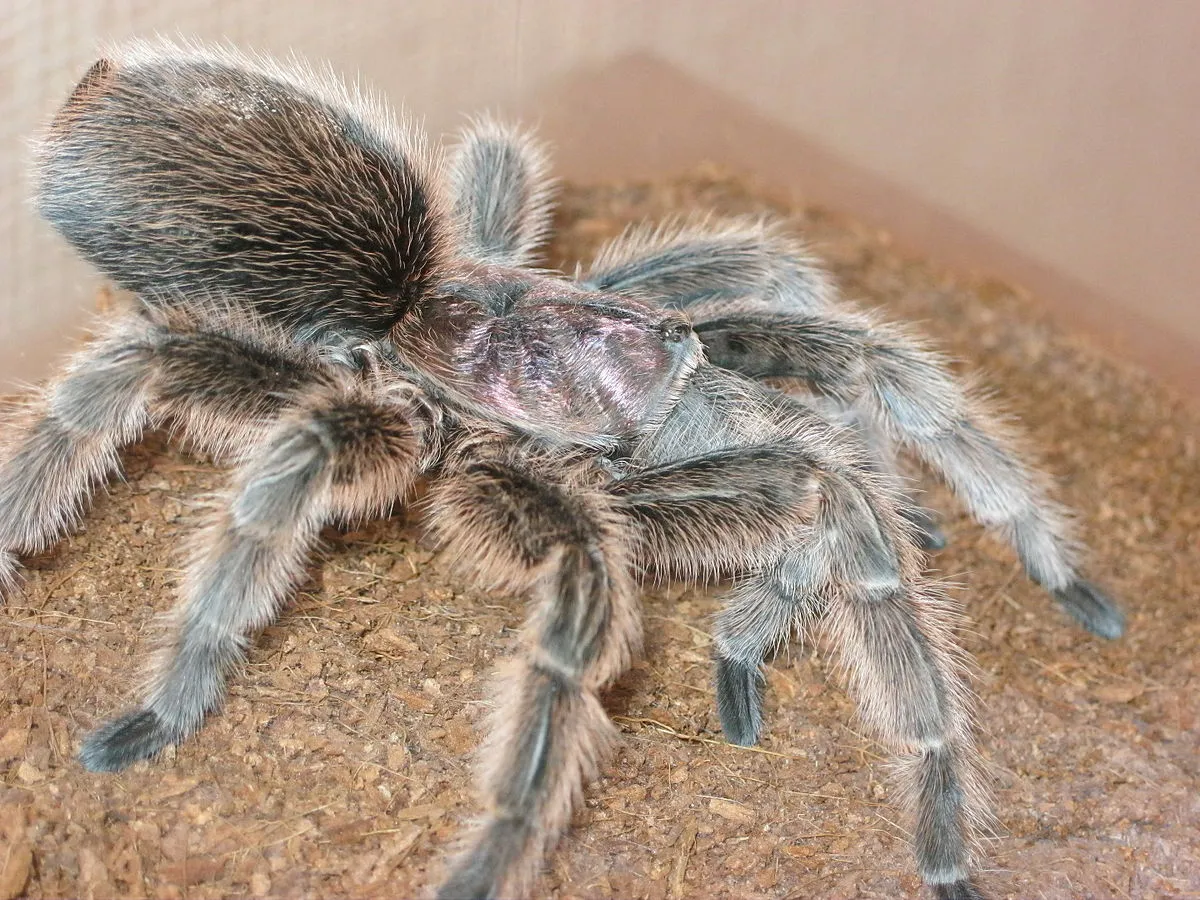
Generally, younger, smaller tarantulas, often referred to as spiderlings, are less expensive than older, larger ones. This is because they require less care and are easier to ship. However, spiderlings are also more fragile and may require more specialized care to survive. As the tarantula grows, its price increases due to its increasing value and the time and resources the breeder has invested in it. Fully grown adult females, which can live for over 20 years, tend to be the most expensive, as they represent a greater investment and have a longer lifespan.
Morphs and Color Variations
While rose hair tarantulas are known for their typical brown and pink coloration, some may exhibit subtle variations in color or pattern. These variations, or morphs, can sometimes command a higher price, particularly if they are rare or visually striking. However, the differences in price are usually marginal, because rose hair tarantulas are not typically bred for specific morphs the way some other pet species are. The price is usually more related to the overall health of the specimen than the slight variations in their coloring.
Origin and Breeding
The origin of the tarantula and the reputation of the breeder can also impact the price. Tarantulas bred in captivity, especially by reputable breeders who prioritize the health and genetics of their animals, may cost more. These breeders often provide detailed information about the tarantula’s lineage, health, and care requirements, giving you peace of mind. Wild-caught tarantulas are less common in the pet trade but may be available at lower prices. However, they may be more stressed, carry parasites, and have unknown origins, which can make them less desirable. Purchasing from a reputable breeder is essential to ensure you’re getting a healthy and well-cared-for tarantula.
Health and Condition
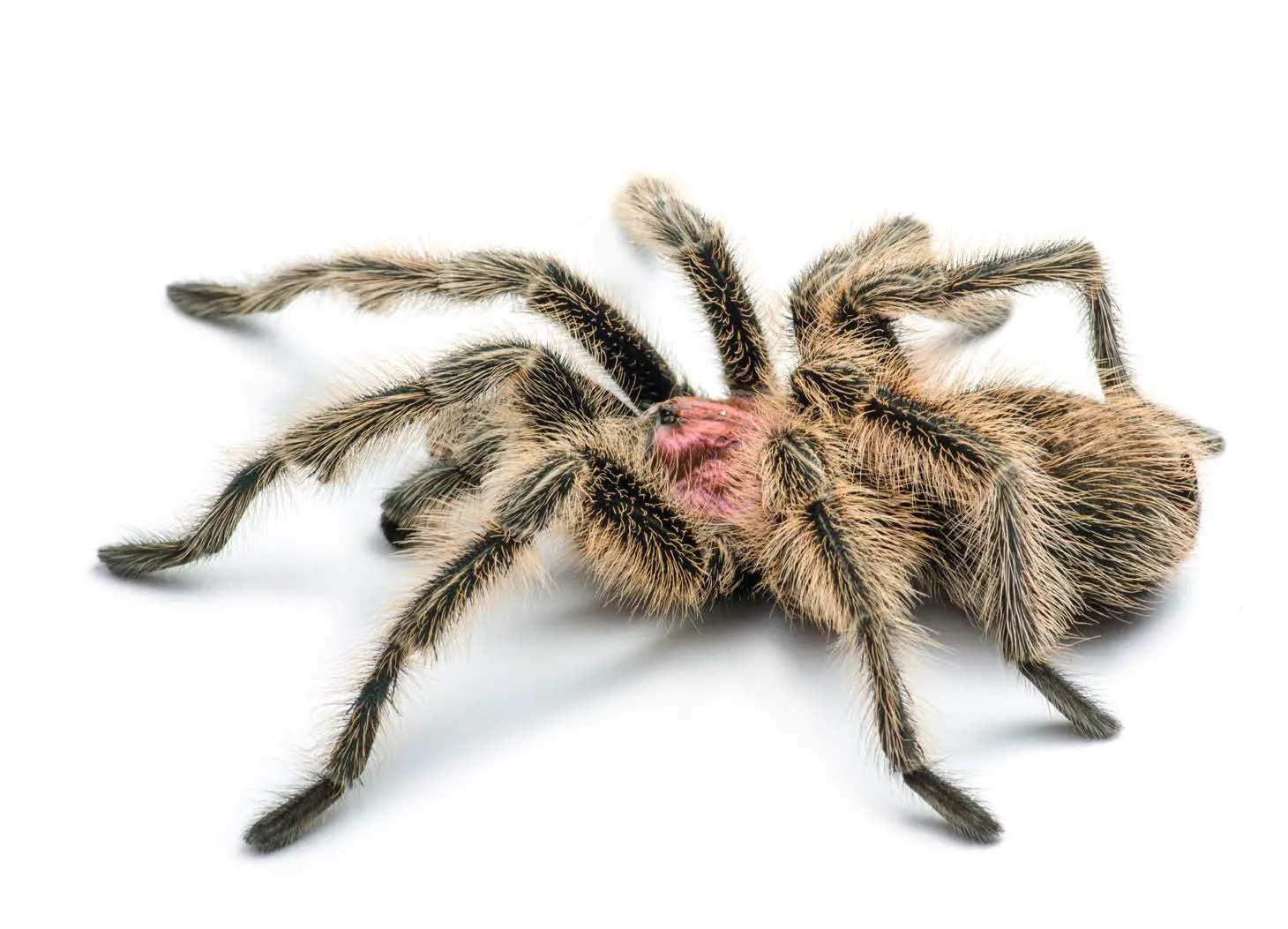
A healthy tarantula will always command a higher price than one that appears sick or unhealthy. Look for a tarantula with a plump abdomen, active behavior, and no signs of parasites or injuries. Avoid tarantulas that appear lethargic, have a shrunken abdomen (indicating dehydration or starvation), or show signs of mites. A reputable seller will readily provide information about the tarantula’s health history and feeding habits. A healthy tarantula is a long-term investment, while a sick one could incur unexpected veterinary costs or, in worst-case scenarios, die prematurely.
Where to Buy a Rose Hair Tarantula
Where you buy your rose hair tarantula also impacts the price and the overall experience. Different avenues offer varying price points, levels of expertise, and after-sales support. Each has its advantages and disadvantages, making your selection based on your needs.
Reputable Breeders
Purchasing directly from a reputable breeder is often the best option. Breeders specialize in tarantulas, so they have expert knowledge and can provide valuable advice on care and handling. They typically have a strong understanding of their tarantulas’ lineage and health, and they often offer guarantees about the tarantula’s condition. While prices may be slightly higher than at pet stores, the added value of expertise and support justifies the cost for many enthusiasts. Look for breeders with good reviews and a proven track record.
Pet Stores
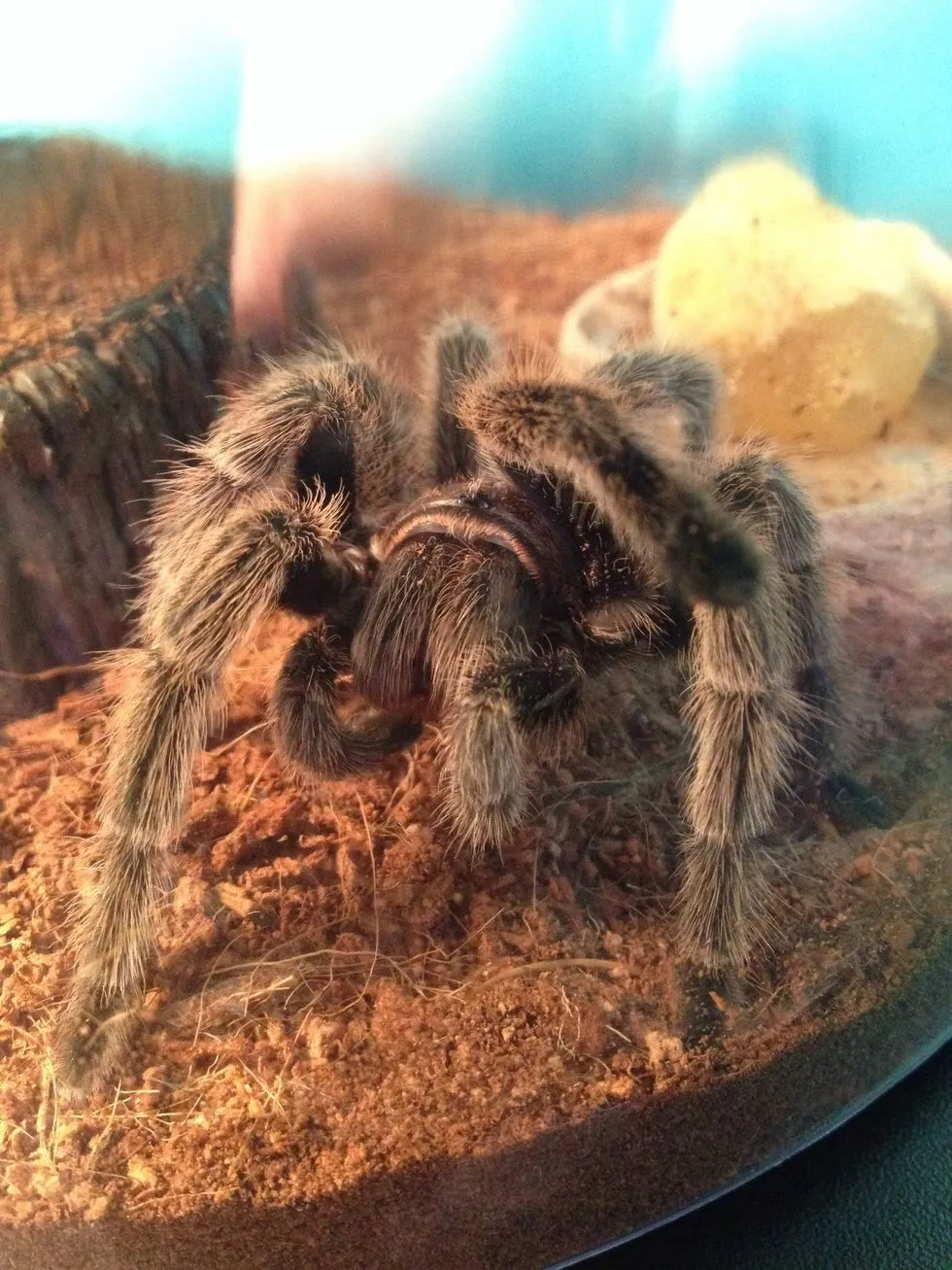
Pet stores often carry rose hair tarantulas, providing a convenient option for potential buyers. The price can vary depending on the store’s location and the tarantula’s size and condition. However, the staff’s expertise in tarantula care can be limited, so make sure you do your own research and inspect the tarantula thoroughly before buying. In some cases, pet stores may offer lower prices than breeders. However, they might not provide the same level of support or have the same in-depth knowledge about the tarantula’s background.
Online Marketplaces
Online marketplaces like specialized reptile forums and classified ads can also be sources for rose hair tarantulas. Prices here can be competitive, and you may find rare morphs or older specimens. However, buying online carries risks, such as the possibility of receiving a tarantula in poor condition or encountering a fraudulent seller. Always research the seller’s reputation thoroughly, and ask for clear photos and videos of the tarantula before making a purchase. Be aware of shipping costs and potential delays, as these can affect the tarantula’s health.
Additional Costs to Consider
The initial rose hair tarantula price is just the start. Owning a tarantula involves ongoing costs for housing, feeding, and healthcare. Budgeting for these additional expenses is vital for responsible pet ownership.
Enclosure Setup
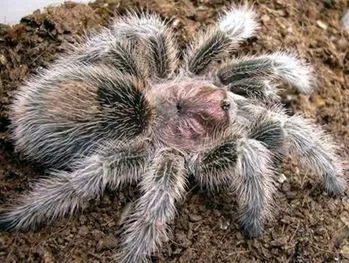
You’ll need a suitable enclosure for your rose hair tarantula. The cost will depend on the size and material of the enclosure. A 5-10 gallon tank is generally suitable for an adult. You’ll also need substrate (such as coconut fiber or peat moss), a water dish, a hide, and decorations like artificial plants or branches. The price of the enclosure setup can range from $30 to $100 or more, depending on your choices. Invest in a secure enclosure with a well-fitting lid to prevent escapes, and ensure the enclosure is appropriately ventilated to maintain the correct humidity levels.
Food and Substrate
Rose hair tarantulas primarily eat insects, such as crickets, mealworms, and roaches. The cost of food will depend on the tarantula’s size and how often you feed it. Expect to spend around $10 to $30 per month on food. You’ll also need to regularly replace the substrate in the enclosure, which can cost $10 to $20 every few months. Properly maintaining the enclosure and feeding your tarantula with a varied and nutritious diet are essential for its health and well-being. Always offer fresh water in a shallow dish.
Veterinary Care
While rose hair tarantulas are generally hardy, they can still require veterinary care. Finding a veterinarian experienced with exotic animals is essential. Veterinary costs can vary widely, depending on the type of care needed. Regular checkups are not typically necessary unless you observe any health issues. However, if your tarantula becomes ill or injured, you should be prepared for the associated costs, which could include consultations, medications, and potentially diagnostic tests. Proper care and a healthy environment can help minimize the need for veterinary intervention.
Tips for Saving Money on Your Rose Hair Tarantula
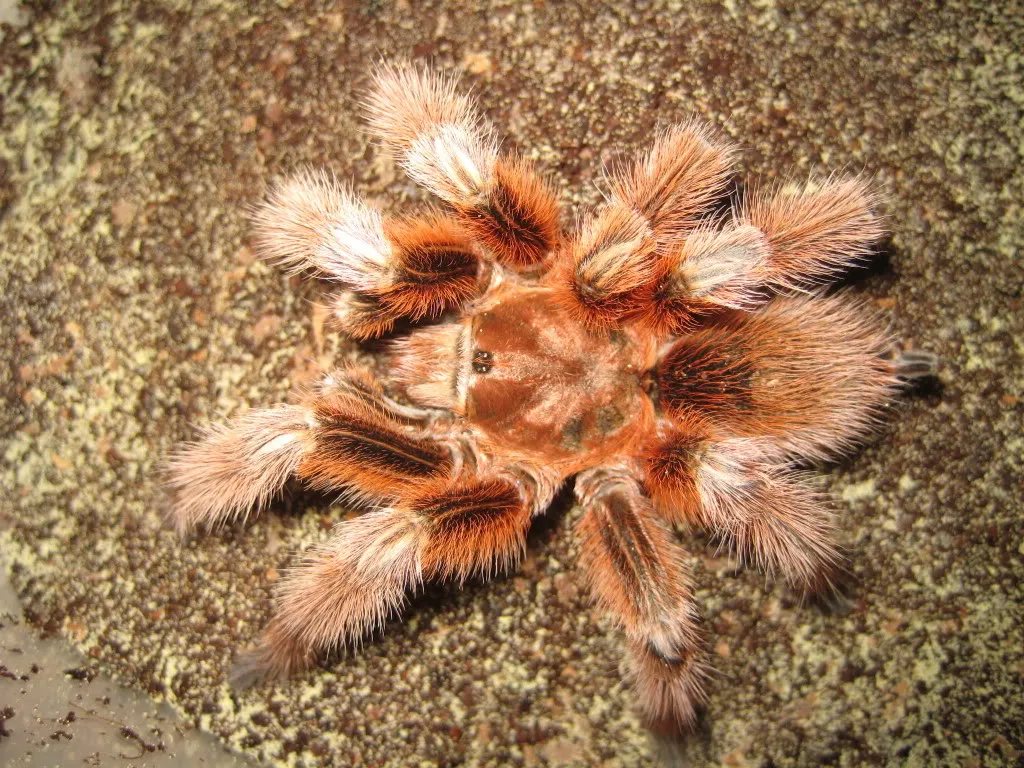
Owning a rose hair tarantula can be an affordable hobby, especially if you are smart with your spending. Here are some ways to save money on the initial purchase and ongoing care.
Comparing Prices
Before purchasing, compare prices from different breeders, pet stores, and online sellers. Note any significant price differences and the reasons behind them. Ensure the tarantula is healthy and well cared for before making a decision. A slightly higher price from a reputable breeder might be worth it compared to a lower price from an unknown source if it means a healthier, well-cared-for tarantula.
Buying in Bulk
Consider buying food and substrate in bulk to save money. Many online retailers offer discounts for larger quantities. However, ensure you have adequate storage space and that the food will not spoil before your tarantula can consume it. Storing food and substrate correctly will help to prevent infestations of pests and keep your tarantula safe and comfortable. Carefully consider the quantity you will need over time when making bulk purchases.
DIY Enclosure Options

Instead of purchasing an expensive pre-made enclosure, consider DIY options. You can often repurpose a plastic storage container or a glass aquarium for your tarantula’s habitat. Ensure the container is appropriately ventilated, escape-proof, and safe for your tarantula. This can significantly reduce the initial setup cost. Research appropriate materials and methods before building your enclosure to ensure the safety and well-being of your pet.
Conclusion
The rose hair tarantula price is just one part of the overall cost of ownership. By understanding the factors that influence the price, considering where to buy, and budgeting for additional expenses, you can make informed decisions and enjoy the rewarding experience of owning a rose hair tarantula. Remember to prioritize the health and well-being of the tarantula. Thorough research and responsible pet ownership are key to providing your tarantula with a long and healthy life. With careful planning, owning a rose hair tarantula can be an exciting and affordable experience.
